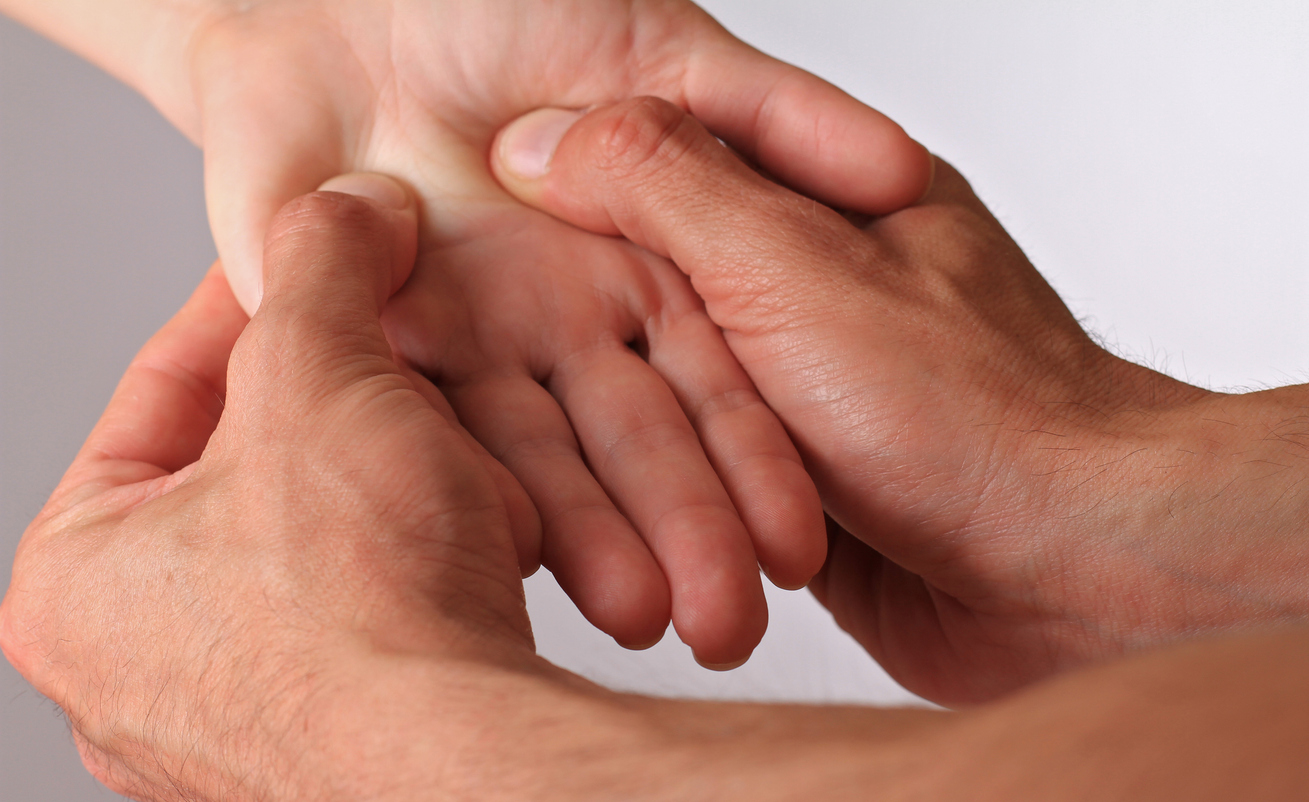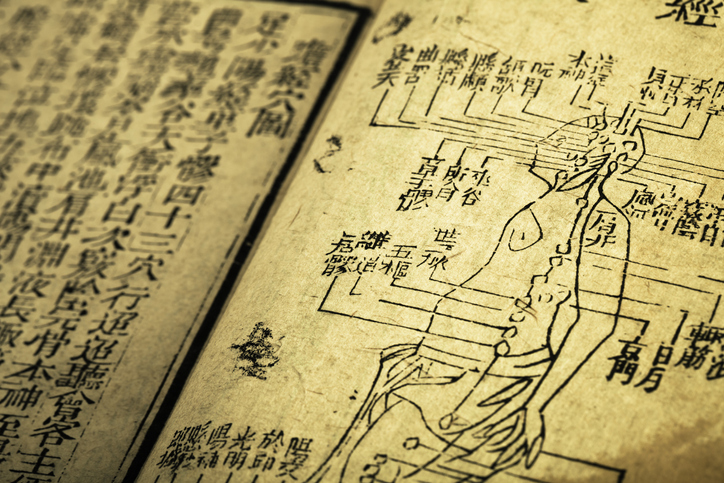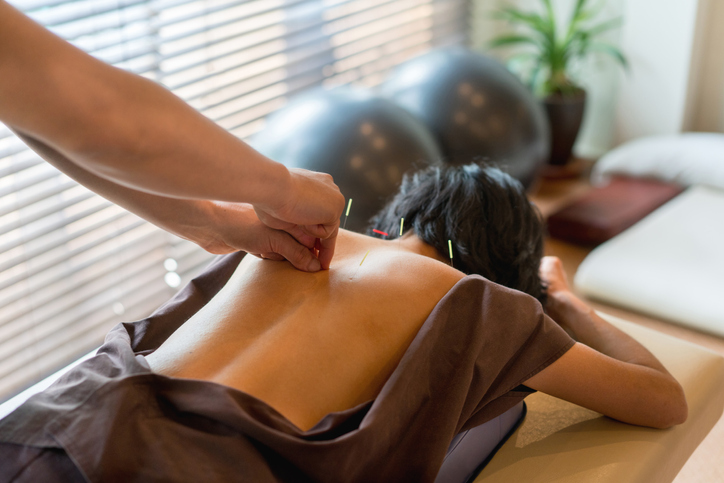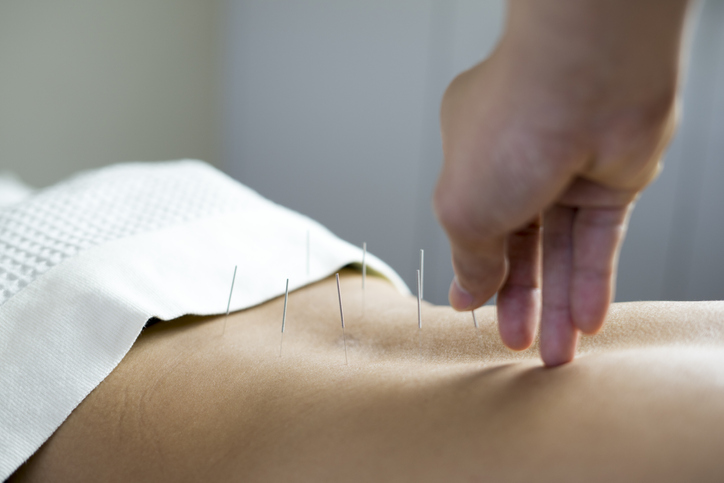Treatments
What Is Acupressure?

Acupressure focuses on applying pressure to specific points on the body, referred to as acupressure points. In traditional Chinese medicine (TCM), acupressure is described as a method to balance the flow of energy (chi or Qi) via pathways through the body. In the Western world, it is considered an alternative treatment. Acupressure is closely related to acupuncture; however, it involves pressure instead of the use of needles.
How does acupressure work?
According to Traditional Chinese Medicine, the “Qi,” or life energy, of an individual should be balanced between negative energy and positive energy, or yin and yang. Acupressure is used to restore the balance. According to the Western medical model, practitioners accredit the beneficial effects of acupressure to be a result of reduced muscle tension, improved circulation, and released endorphins.
How is acupressure done?
Practitioners of acupressure may use their fingers, palms, elbows, or feet to apply pressure to specific points of the body. Acupressure may also involve elements of stretching or massage. A typical acupressure session consists of an individual lying down on a treatment table while the practitioner gently presses on different points of the body.
Who should try acupressure?
Acupressure may be beneficial for various health conditions. They include, but are not limited to, the following:
Warnings
As in all therapies, be sure to consult a health care profession about acupressure before beginning it to ensure it is safe for existing health problems. In certain situations, acupressure can exacerbate an underlying condition. Pregnant women should avoid acupressure as it can cause contractions. Acupressure may not be the right treatment for those with the following:
- High blood pressure
- Cancerous tumors
- Cancer that has spread to the bones
- Rheumatoid arthritis (RA)
- Spinal cord injury
- Bone disease
Acupressure should not be received over certain areas of the body. They include, but are not limited to, the following:
- Varicose veins
- Scar tissue
- Open wounds
- Areas of swelling
Risks and side effects
There are no significant side effects associated with acupressure when provided by a trained professional. Individuals should notify the therapist if they experience any pain during the session. Occasionally, lightheadedness may occur during or after the session. Individuals may experience soreness or bruising at the acupressure points following an acupressure session.



















